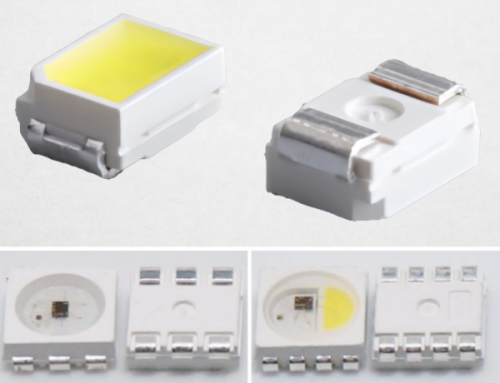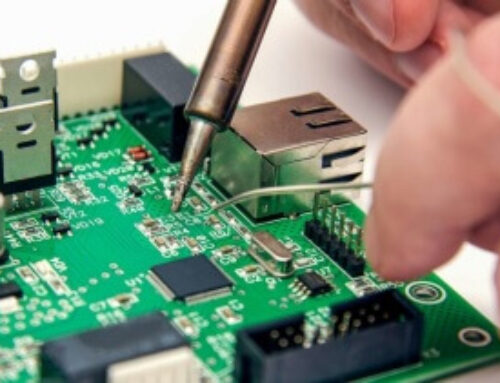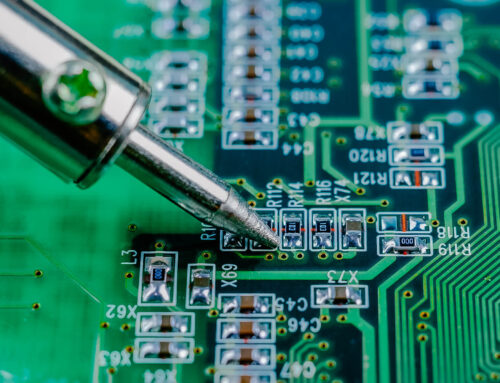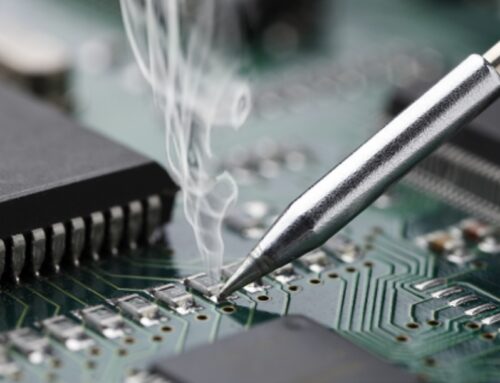Why Does Flexible PCB Require Stiffeners
This article introduces the role of reinforcement ribs in flexible PCB and under what circumstances reinforcement ribs are needed for flexible PCBs.

Table of Content
Flexible PCB is a flexible printed circuit board that can be
folded or bent and is used for static and dynamic applications.
Flexible Circuit Board Reinforcement
Flexible PCBs are in high demand across all industries, but especially the military, industrial, and
medical sectors. Due to the small volume of these parts, yt-electronic is able to handle many orders
for flexible PCBs that are both high-mix and low-volume.
What Is a Flexible PCB?
The name “flexible printed circuit boards” (also called FlexPCBs), comes from the fact that
they can be designed to fit any electronic device or product. Flex boards have patterned printed
circuits, and base materials that are ductile. This allows them to highlight component arrangement.
We will also consider how flexible PCBs are connected to other devices. We will now discuss the use of
stiffeners when designing Flexible PCBs.
Materials commonly used for flexible PCB stiffeners include Fr4, PI and aluminum.
When Using Reinforcement
You can use stiffeners to reinforce the areas where you will be assembling components, but not in the
places where your board will bend. You need stiffeners both on the front and back of your board where it
bends. Two laminates may be needed. Some stiffeners may require an additional lamination cycle. The
stiffeners add thickness to the board, and they also affect manufacturing costs and time. In some cases,
stiffeners may be necessary.
Pure-flex PCBs are able to accommodate fewer parts than rigid-flex components. The rigid part of a
rigid-flex circuit assembly can be just as complex as traditional rigid circuit boards. Sometimes
stiffeners and coverings are laminated together.
Reinforcement Material for Flexible PCB
Kapton or FR-4 are used as stiffeners. When the end of a flexible line needs to be extended and inserted
into ZIF connectors, Kapton is used. However, Kapton is only suitable for a single lamination cycle. The
same lamination process can be used to complete FR-4 stiffeners.
Use Stiffeners to Route and Fix Flexible PCBs
The stiffener material will be used to secure the array. The array becomes harder.
In the following cases, flexible PCB stiffeners are required:
• Components in dynamic or active bending zones near
• The component’s weight and size puts pressure on its flexibility
• Planarity is critical when there are many SMT pads.
• Connectors with repeated insertion or assembly need stiffeners or parts to relieve stress on the
backing plates.
In the Following Situations, Reinforcement Is Not Necessary:
• The flexibility of the PCB is not affected by smaller “static” components. The flex area is
no components.
• Flexible PCB Design Techniques
What Are the Benefits of Flex Cables Over Cables?
Flexible PCBs offer several advantages to cables.
We have discussed both the advantages and disadvantages. Flex PCB’s higher initial cost will reduce
overall costs. Flexible PCBs are produced in days, whereas cables can take several weeks. A flex circuit
can reduce or eliminate cable costs and assembly time. It also produces a lighter product.
What Is the Recommended Hole and Pad Size for Flexible PCBs?
Flex materials, like Kapton do not drill as well. Flex is the only material that can be used for minimum
sizes of ten mils or more. The rigid-flex PCB specification is similar to the rigid board specification.
The only place where the flex board is plated and pad size are for the barrel (hole walls). Due to the
need for bending and keeping the copper electrodeposited away from the surface, the flex holes do not
have a surface plating.
Elastic Pre-Preg
The preferred bonding material to join flexible and rigid materials is no-flow prepreg. Most commonly,
it is standard FR-4 polyimide.
What Alternative Materials Can Be Used to Join Flexible and Rigid Materials Together?
The preferred bonding material is No-flow prepreg. Available in polyimide or standard FR-4.
How Does a Real Stack Look?
The rigid board has the same planar layers as the flexible layer.
related Posts
Contact us
WhatsApp: +86-13570802455
Wechat: +86-13570802455
Teams: alek_youte
Email: sales@yt-electronic.com










